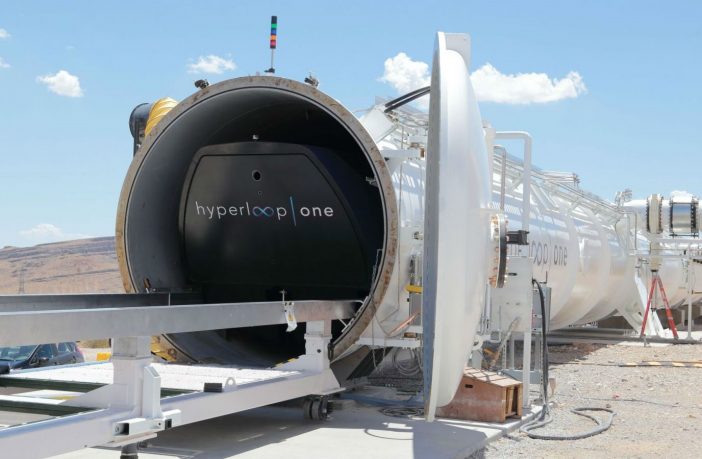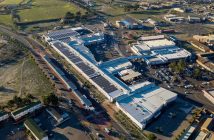- The Hyperloop has the ability to fill the medium distance transport gap by getting people from A to B at over 600 miles an hour (965km/h).
- Serial entrepreneur’s Richard Branson and Elon Musk are driving the Hyperloop concept.
- Hyperloop may represent an opportunity to leapfrog conventional transport infrastructure on the African continent.
- The Hyperloop is tipped to be automated by the most advanced systems in the world, allowing a safe and efficient journey that is never delayed or overbooked.
The race for a new high-speed mode of transportation is in full swing between serial entrepreneur’s Richard Branson and Elon Musk. There is much testing going on as the two strive to perfect the Hyperloop as an economically viable and safe mode of transport. The Hyperloop has the ability to fill the medium distance transport gap by getting people from A to B at over 600 miles an hour (965km/h).
The continent of Africa is well suited for the introduction of such transport technology to connect major cities. The medium range travel distance is expensive by air and time consuming by road or train. Think cheap and quick travel from Mombasa to Nairobi, Dar to Dodoma, Harare to Bulawayo and Johannesburg to Kruger Park – for passengers and cargo.
There are two different technologies driving the same principle for the Hyperloop concept. Both strive to limit the friction caused by oncoming air and the ground below. In order for this to happen, the Hyperloop has to travel in a controlled tunnel environment either above or below the ground. All or most of the air needs to be removed. Less air means reduced friction and less energy is required to reach a higher speed.
Elon Musks labels the Hyperloop as the ‘fifth mode of transport’ in a 58-page white paper published on the website of his rocket manufacturing company, SpaceX. Musks technology describes a pod containing the passengers suspended above the ground by a layer of air. This reduces the ground friction dramatically for increased speed. In Musk’s plan, the power required to remove air from the tunnels and propel the pods along would come from solar panels on the roof of the tunnel.
Branson’s Virgin Hyperloop One uses electromagnetic technology. Passenger pods are driven along a track which is essentially an electromagnetic motor unwound and laid flat along the floor of the tunnel. When a current is fed through the track, the pods move forwards, accelerating until they reach a speed where they lift up, like a boat planing along the water, and are guided by magnets.
A series of vacuum pumps remove much of the tunnel’s air to the point where the atmosphere is similar to being 200,000 feet above sea level. The pods will be pressurized like an aeroplane cabin. Branson boasts that the Hyperloop One will be “automated by the most advanced systems in the world, allowing a safe and efficient journey at 670mph that is never delayed or overbooked”.
At the moment the planned Hyperloop locations are in the US, UK, Europe and the Middle East, although none have yet been given the green light for construction to begin. The United Arab Emirates is a strong candidate for the first Hyperloop, which is expected to operate between Dubai and Abu Dhabi early next decade.
The value in the Hyperloop for the African continent lies in the incredible speed that will reduce travel time. It is also very low in energy consumption and a safe, low-cost transport system in the long run. It is also immune to bad weather conditions. Provided that the travel costs are affordable to the broader population, Africa is definitely ready for the Hyperloop. Bring it on!
Author: Bryan Groenendaal












